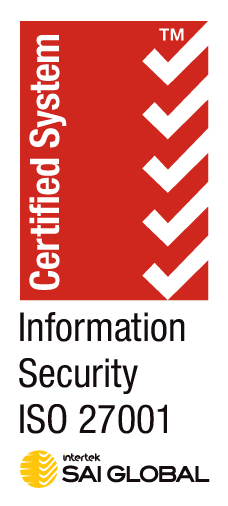Unveiling the Value of Chakra UI Component Library
Chakra UI has become a vital component library for modern web development in 2024, especially at WorkingMouse. With its balance of flexibility, simplicity, and robust features, it streamlines the process of building user interfaces. Chakra UI’s integration with React makes it easy to use, while its focus on accessibility, strong documentation, and active community support ensures a seamless developer experience. Its permissive MIT licence fosters open-source collaboration, allowing developers to modify and distribute it freely. Chakra UI is an essential tool for creating efficient, scalable, and accessible web applications. Read More…














